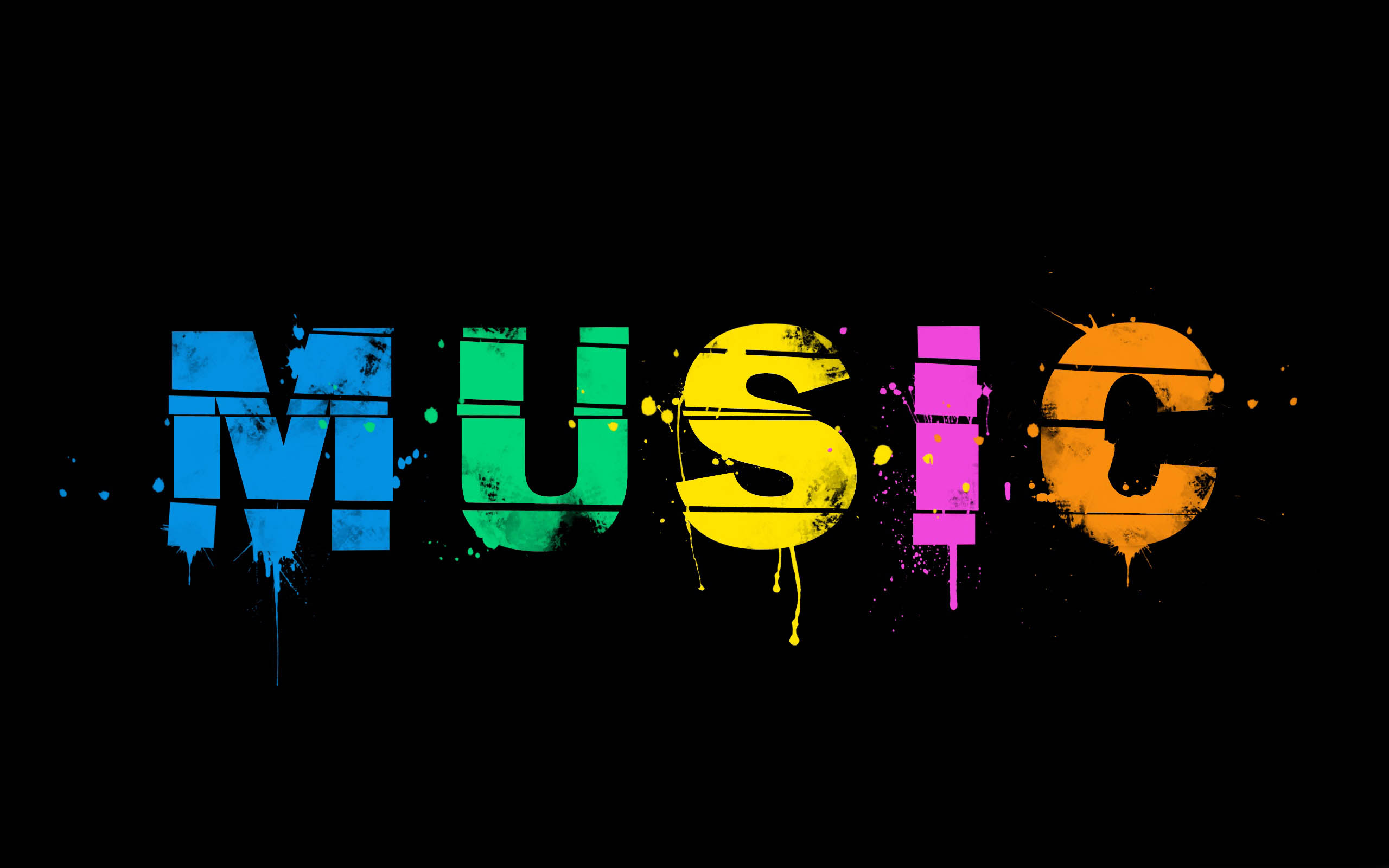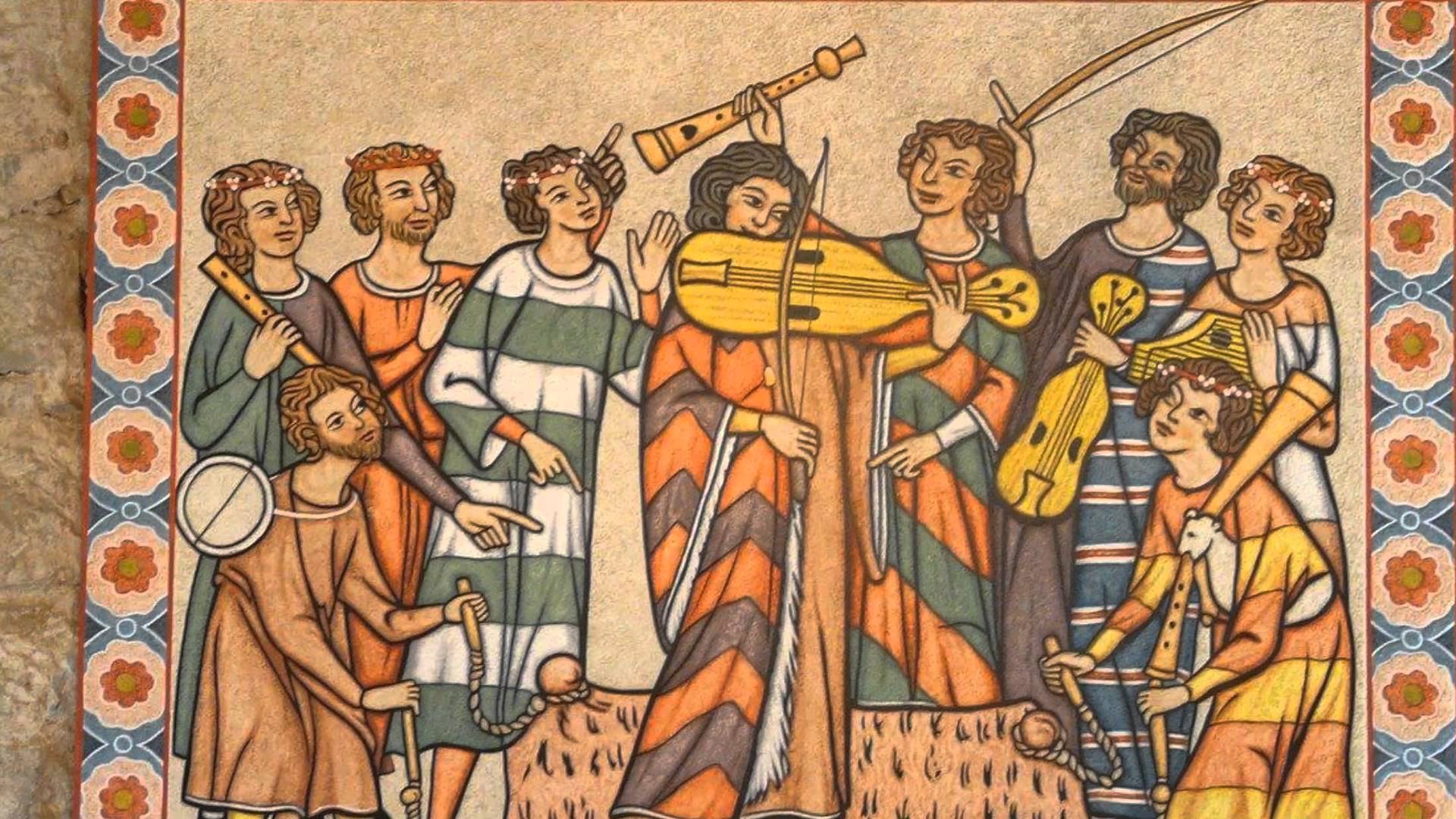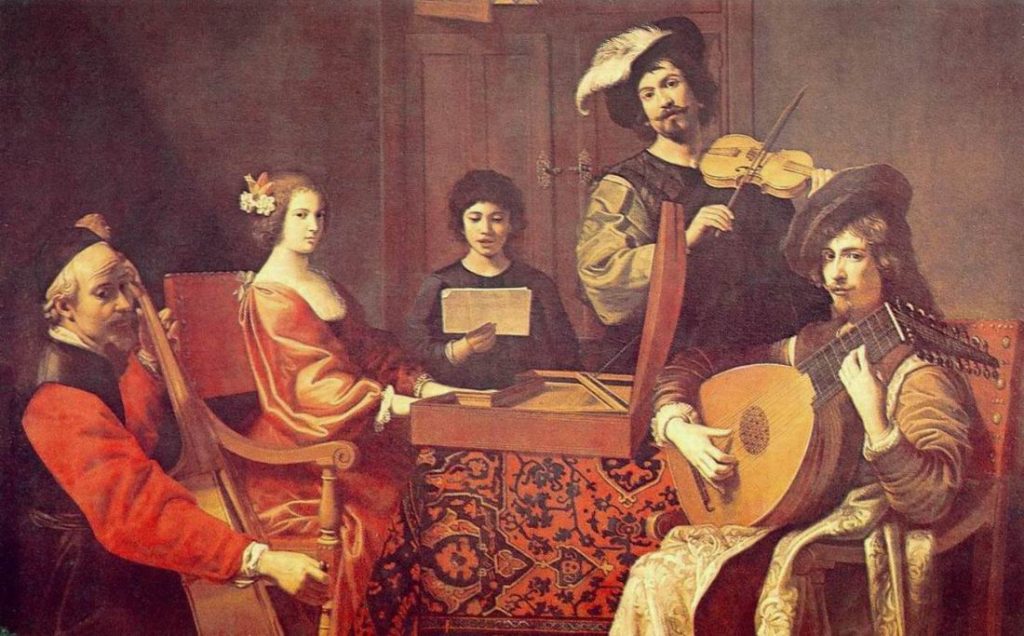The Medieval Age, defined as starting at 476 AD ushered in a new
age of music
Unified at this time by the Roman Catholic Church,
this period was home to many rich traditions of music, but
religious songs remained as a staple of Medieval Life. The only
surviving piece of medival music surving from before 800 AD is
known as Gregorain Chant (in honor of the Pope Gregory I).
Medieval times gave three extremely important contributions to
musical history, all during the 9th century. Firstly, the Roman Catholic Church to supress other chant traditions, and unify them all under the Gregorian Liturgy. Secondly, the first recorded practices of
Polyphonic music, and finally; a reinvention of musical notation. While this reinvention was incredibly important, it was overshadowed by the invention of modern (staff) musical notation, and scales a few centuries later by Guido D'Arezzo in 1000 AD.











